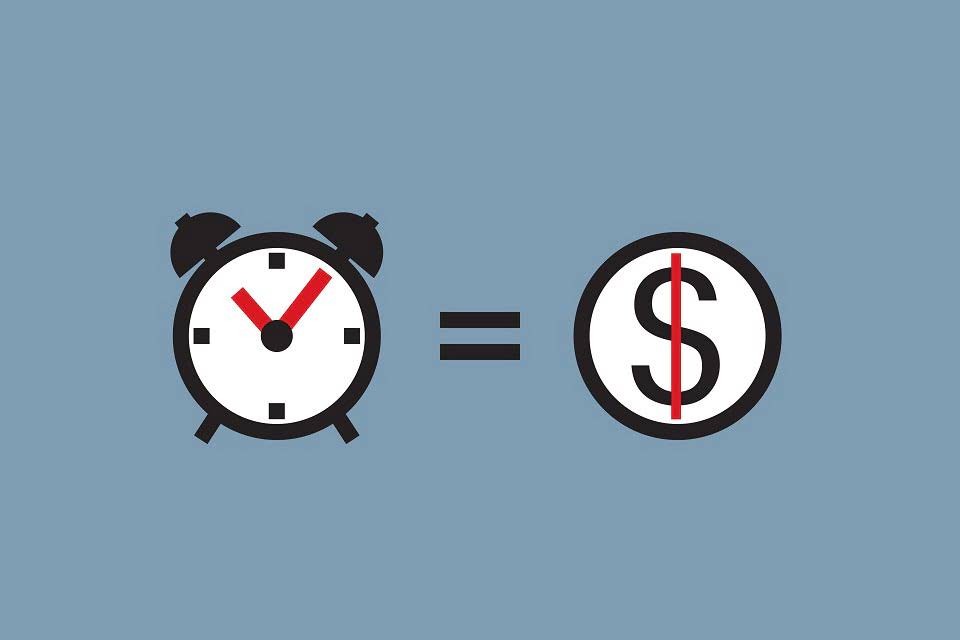If your inventory costs don’t really change, choosing a method of inventory valuation won’t seem important. Learn more about the difference between FIFO vs LIFO inventory valuation methods. FIFO is a straightforward valuation method that’s easy for businesses and investors to understand. It’s also highly intuitive—companies generally want to move old inventory first, so FIFO ensures that inventory valuation reflects the real flow of inventory. In some cases, a business may not actually sell or dispose of its oldest goods first.

What’s the difference between inventory management and warehouse management?
Companies that undergo long periods of inactivity or accumulation of inventory will find themselves needing to pull historical records to determine the cost of goods sold. If you’re comparing FIFO with LIFO, you may not have a choice in which inventory accounting method you use. Any business based in a country following the IFRS (such as Australia, New Zealand, the UK, Canada, Russia, and India) will not have access to LIFO as an option. In inventory management, FIFO helps to reduce the risk of carrying expired or otherwise unsellable stock.

FIFO formula
In jurisdictions that allow it, the alternate method of LIFO allows companies to list their most recent costs first. Because expenses rise over time, this can result in lower corporate taxes. Cost of goods sold can be computed by using either periodic inventory formula method or earliest cost method. FIFO is the easiest method to use, regardless of industry, and this inventory valuation method complies with GAAP and IFRS. Using FIFO simplifies the accounting process because the oldest items in inventory are assumed to be sold first. When Sterling uses FIFO, all of the $50 units are sold first, followed by the items at $54.
Why is choosing a method of inventory valuation important?
- Now that we have ending inventory units, we need to place a value based on the FIFO rule.
- The company then applies first-in, first-out (FIFO) method to compute the cost of ending inventory.
- It is also the most accurate method of aligning the expected cost flow with the actual flow of goods, which offers businesses an accurate picture of inventory costs.
- Assume a company purchased 100 items for $10 each, then purchased 100 more items for $15 each.
- First-in, first-out (FIFO) is an inventory accounting method for valuing stocked items.
This can be of tax benefit to some organisations, offering tax relief and providing cash flow benefits as a result. At the start of the financial year, you purchase enough fish for 1,000 cans. Organising your inventory and calculating the cost of your goods is a fundamental part of running an efficient business.
Industry, regulatory and tax considerations
While FIFO and LIFO are both cost flow assumption methods, the LIFO method is the opposite of the FIFO method. Standing for last in first out, this inventory valuation method doesn’t sell the oldest items first and uses current prices to calculate the cost of goods sold. In contrast to the FIFO inventory valuation method where the oldest products are moved first, LIFO, or Last In, First Out, assumes that the most recently purchased products are sold first. In a rising price environment, this has the opposite effect on net income, where it is reduced compared to the FIFO inventory accounting method.
What’s the difference between FIFO and LIFO?
This method assumes that inventory purchased or manufactured first is sold first and newer inventory remains unsold. Thus cost of older inventory is assigned to cost of goods sold and that of newer inventory is assigned to ending inventory. The actual flow of inventory may not exactly match the first-in, first-out pattern. When sales are recorded using the FIFO method, the oldest inventory–that was acquired first–is used up first. FIFO leaves the newer, more expensive inventory in a rising-price environment, on the balance sheet. As a result, FIFO can increase net income because inventory that might be several years old–which was acquired for a lower cost–is used to value COGS.
- The method works best for companies that sell large numbers of relatively similar products.
- Therefore, we can see that the balances for COGS and inventory depend on the inventory valuation method.
- During the year, you buy more inventory and sell some of the inventory.
- Typically, FIFO applies only to accounting, but there are also real-world applications for this method of inventory management.
- If the retailer sells 120 gloves in April, ending inventory is (250 goods available for sale – 120 cost of goods sold), or 130 gloves.
- Both the LIFO and FIFO methods are permitted under Generally Accepted Accounting Principles (GAAP).
See profit at a glance

Please note how increasing/decreasing inventory prices through time can affect the inventory value. During the CCC, accountants increase the inventory value (during production), and then, when the company sells its products, they reduce the inventory value and increase the COGS value. We have a purchase record in July, so we must recalculate the average cost. This, how to calculate using fifo in turn, results in a higher taxable income for the business and, thus, a higher tax burden. To better understand the method, consider a factory line where the earliest produced item should go out first to open up space for the following item. To calculate the cost of goods sold, you take the number of shirts you sold at each price and multiply by that price.

What is the FIFO method?
- Keep your accounting simple by using the FIFO method of accounting, and discuss your company’s regulatory and tax issues with a CPA.
- That leaves you with 500 units in our ending inventory, valued at $2 per unit.
- In other words, the older inventory, which was cheaper, would be sold later.
- However, in the real world, prices tend to rise over the long term, which means that the choice of accounting method can affect the inventory valuation and profitability for the period.
- It can also refer to the method of inventory flow within your warehouse or retail store, and each is used hand in hand to manage your inventory.

Leave a Reply